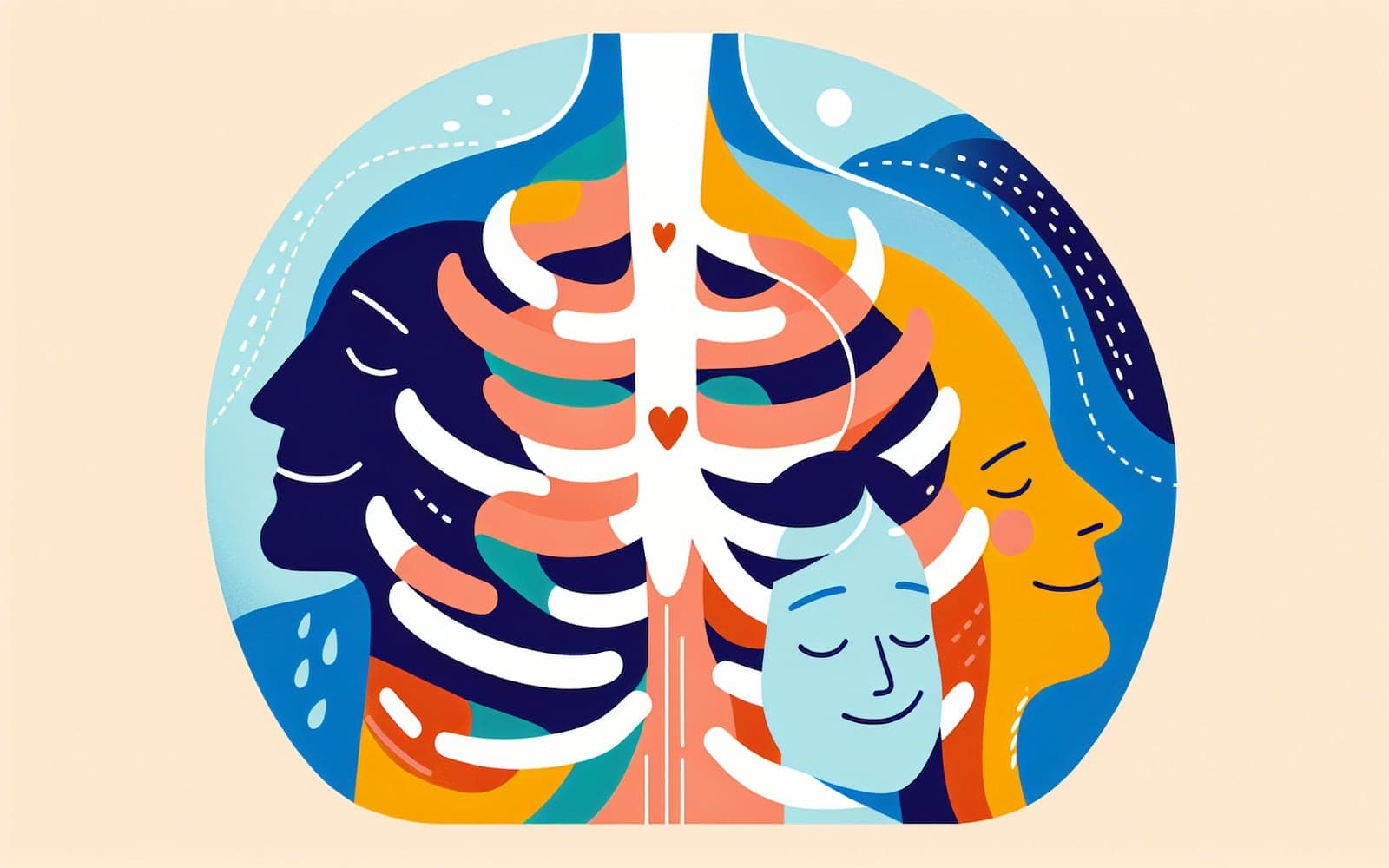Cracked Ribs: More Than Just a Pain in the Chest?
Published: Sep 21, 2023
Rib fractures are common injuries that can range from mild discomfort to life-threatening conditions. Understanding the risks and proper care is crucial for recovery.
Contents
How Do Rib Fractures Happen?
Most rib fractures occur from direct blunt trauma to the chest, like in car accidents. However, they can also result from severe coughing, sports injuries, or even child abuse in infants. The middle ribs (4-10) are most vulnerable, while fractures to upper ribs (1-3) often indicate more serious trauma.
Spotting the Signs
The main symptom is sharp, localized chest pain that worsens with breathing or movement. Other signs include tenderness over the ribs, bruising, and sometimes a clicking sound when breathing. Shortness of breath or severe pain could indicate more serious injuries like a punctured lung.

Diagnosing the Break
While doctors can often diagnose rib fractures based on symptoms and physical exam, chest X-rays are usually done to check for complications like collapsed lungs. CT scans may be used for more detailed images, especially if internal injuries are suspected. Ultrasound is an emerging tool for detecting fractures.
Frequently Asked Questions
Light activity is okay, but avoid strenuous exercise for 6-8 weeks.
Seek immediate care for severe pain, difficulty breathing, or fever.
No, some fractures may not be visible on standard X-rays.
Yes, severe coughing can occasionally cause rib fractures.
Key Takeaways
While rib fractures can be painful, proper care and patience usually lead to a full recovery.
Wondering if your chest pain could be a rib fracture? Chat with Doctronic for personalized advice and next steps.Related Articles
References
Gray's Anatomy, Standins S (Ed), Elsevier, New York 2005.
Brasel KJ, et al. Western Trauma Association Critical Decisions in Trauma: Management of rib fractures. J Trauma Acute Care Surg 2017; 82:200.
Always discuss health information with your healthcare provider.

